Customs operations at the Hainan Free Trade Port, which will be completely independent island-wide from mid-December, are expected to strengthen the port's connectivity with Asia-Pacific economies and boost its appeal to global investors, said market watchers and business leaders.
They said that the move, which follows a policy announcement by the government earlier this month, would elevate Hainan's strategic position in international trade and economic relations, enabling the island to serve as a unique platform for global business cooperation, particularly in sectors seeking closer integration with international markets.
The policy envisages the establishment of a designated area, under the special supervision of Customs authorities, that covers the whole island of Hainan.
Yu Tao, a researcher at the National Institute for South China Sea Studies in Haikou, Hainan province, said the island-wide independent Customs operation will preserve the Hainan FTP's close economic ties with the Chinese mainland and support the development of a unified national market.
Building a unified national market is essential to unleashing domestic demand, facilitating the efficient flow of goods and factors, improving resource allocation and fully harnessing the market's industrial and demand advantages, according to information released by the Research Office of the State Council.
In addition, the newly released negative list clearly defines, for the first time, the full scope of goods and items subject to import and export restrictions in the Hainan FTP, said Yu.
"Based on favorable policies, the list offers clearer regulatory guidance for businesses and enhances trade liberalization and facilitation through more relaxed administrative measures," he added.
Zhou Mi, a researcher at the Beijing-based Chinese Academy of International Trade and Economic Cooperation, expressed a similar view.
"The policy's appeal goes beyond consumer-facing imports and is expected to drive a broader restructuring of manufacturing across the Asia-Pacific region, fostering a trade environment distinct from existing frameworks," he said.
Zhou said Hainan will become a more attractive destination for investment and industrial development, significantly lowering operating costs for businesses in the Asia-Pacific region.
For instance, the scope of zero-tariff goods will expand from the current 1,900 tariff lines to about 6,600, covering about 74 percent of all tariff lines — an increase of nearly 53 percentage points compared with the level before the policy's implementation at the end of this year, said the Ministry of Finance.
Zhou noted that the intensified market competition may prompt adjustments or relocations in traditional industries such as manufacturing, biomedicine, duty-free retail and hospitality, potentially changing the existing income structure of local residents.
The actual utilization of foreign capital in Hainan reached 102.5 billion yuan ($14.3 billion) over the past five years, with an average annual growth rate of 14.6 percent. Meanwhile, its offshore duty-free sales have grown rapidly, accounting for over 8 percent of the global duty-free market, data from the Hainan provincial government showed.
With China creating more favorable conditions to drive the opening-up in the Hainan FTP, DFS Group, a part of French multinational LVMH Group, and Shanghai-based Shenya Group will jointly build a mega luxury retail complex in Sanya, Hainan.
Scheduled for completion in 2026, this project is expected to generate more than 1,000 jobs and spur the development of related businesses, including infrastructure, logistics, and hotel and catering services in the Hainan FTP, said Nancy Liu, president of DFS China.
She said the project is expected to attract between 16 million and 18 million visitors yearly by 2030 and create lucrative commercial opportunities for Sanya.









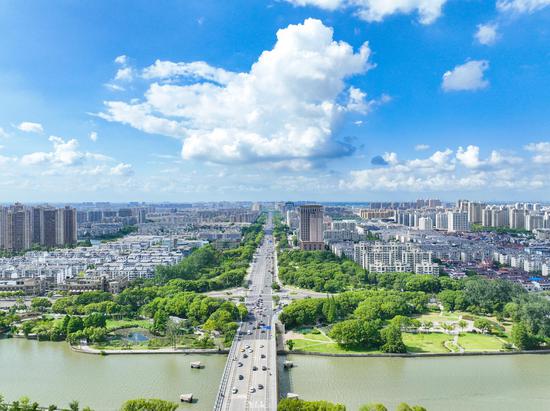
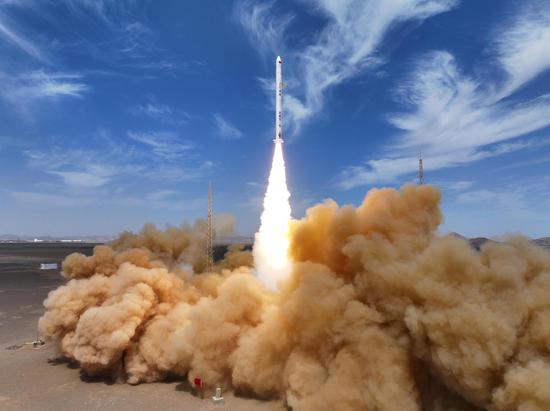
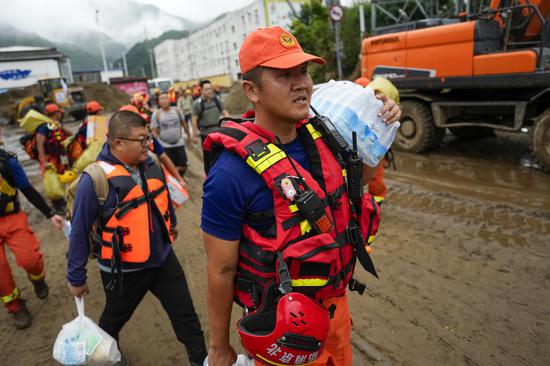
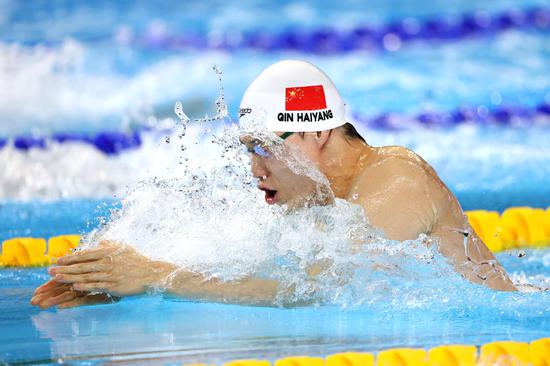
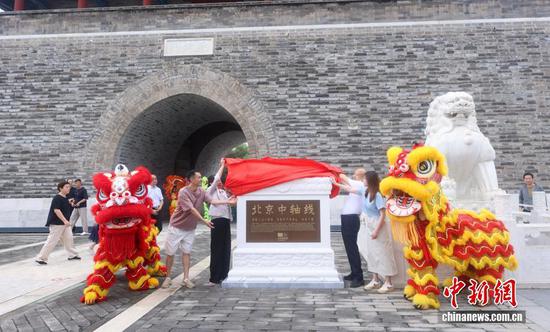


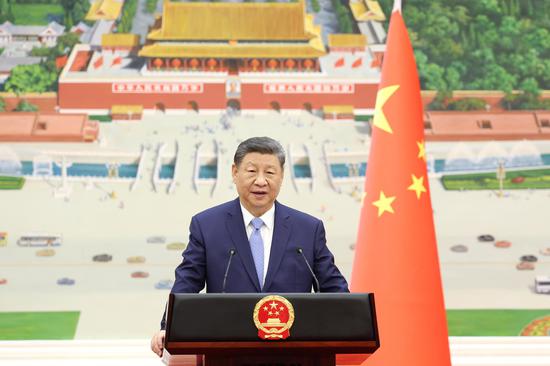
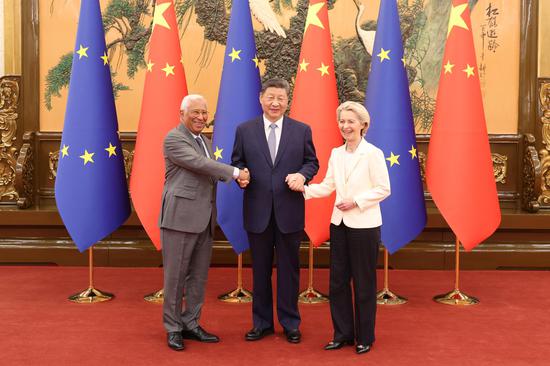
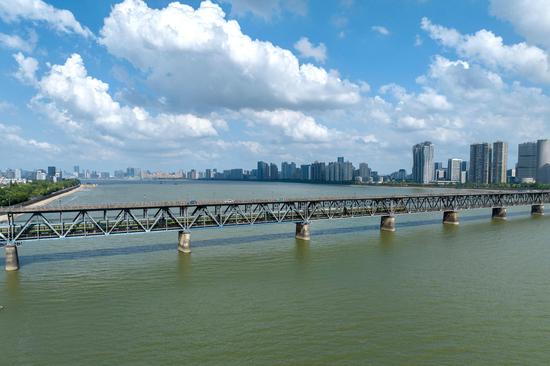


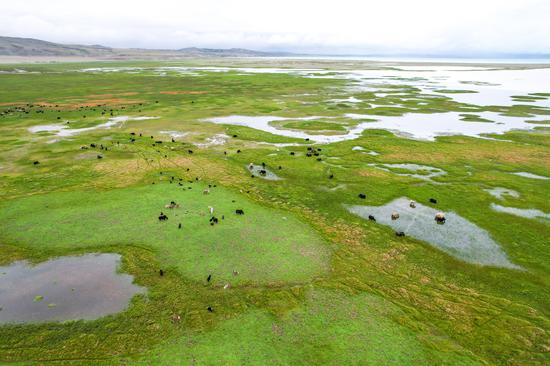




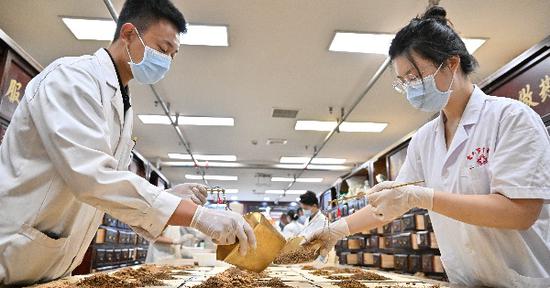


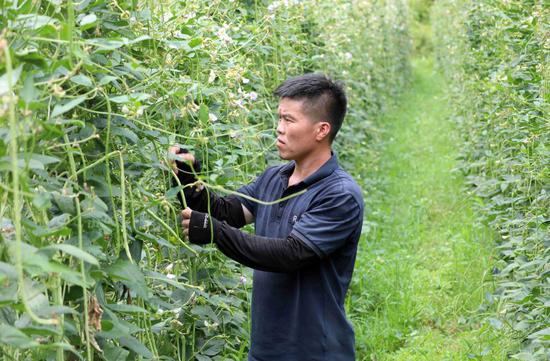

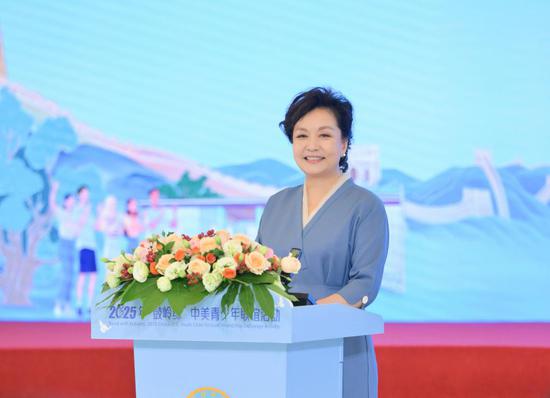

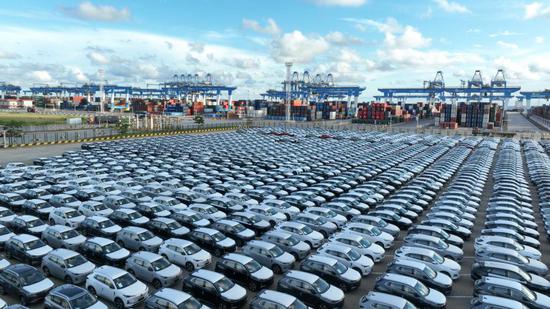

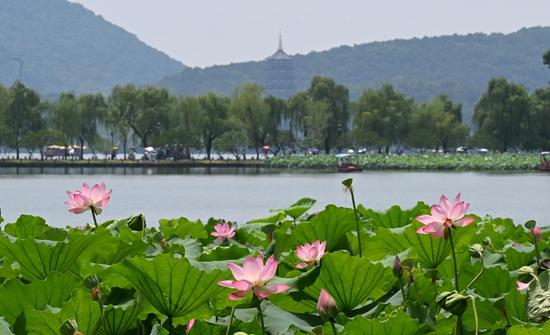
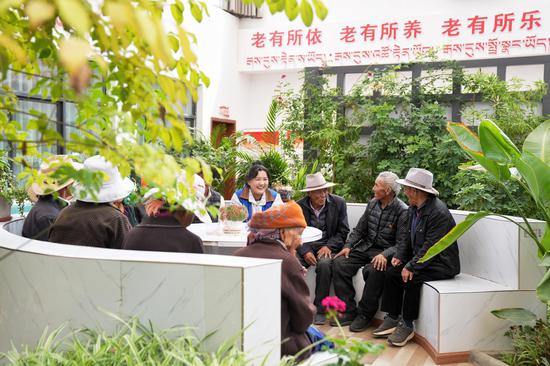













 京公網安備 11010202009201號
京公網安備 11010202009201號